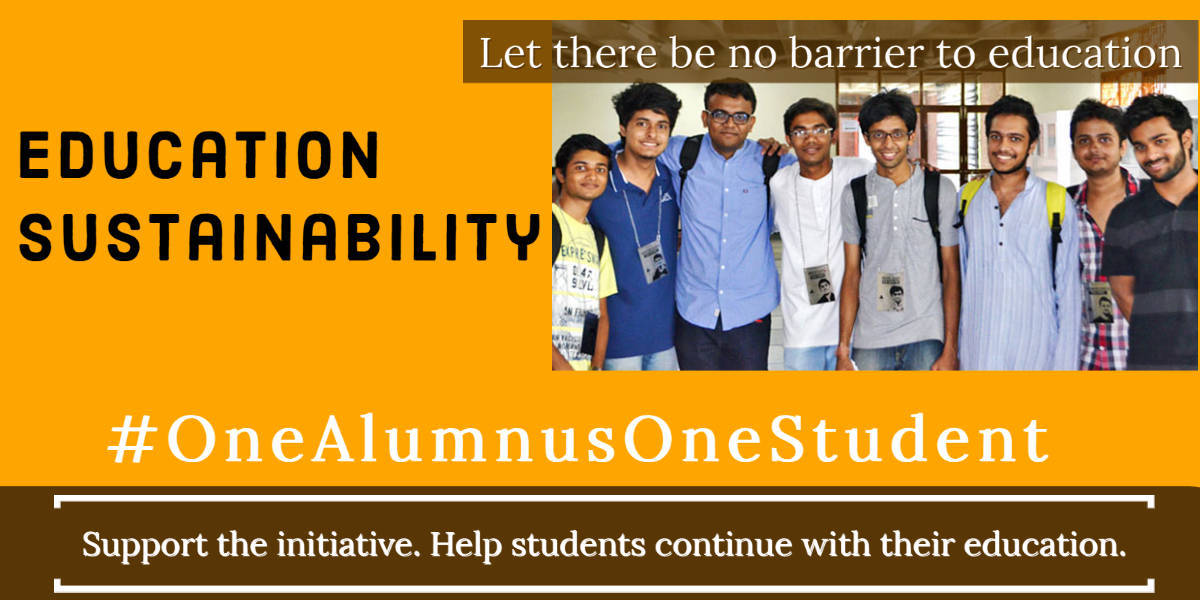
Alumnus in Feature

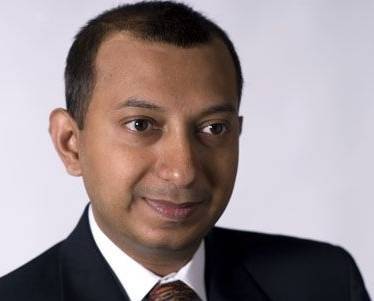
Mr. Ranodeb Roy
Founder & CEO, RV Capital Mgt.
In an interview with the Office of DoRA, Mr. Ranodeb Roy fondly reminisces about his days at IITK; talks about his interesting career, and his intense desire to give back to the society.
Mr. Ranodeb Roy grew up in Kolkata, West Bengal. Growing up in the seventies and eighties, he was a student at La Martiniere for Boys (LMB), Kolkata, an esteemed 175+ year educational institution that focused on holistic education. LMB didn’t necessarily produce graduates that were inclined towards institutes like IIT, which admits students who are fundamentally keen to pursue science or engineering. “Rony”, as he was fondly called by his family and friends, actively participated in many extra-curricular activities, and was equally an enthusiastic student in academics. By 12th Grade, Mr. Roy was considering not just IIT (which seemed a very farfetched dream), but other universities as well to pursue higher education.
However, despite initial trepidation, Mr. Roy decided to try his luck at sitting for IIT entrance exams. Initially he sought help from some bright seniors from his building complex where he grew up (Megha-Mallar ) , who guided Mr. Roy, though none of them had actually cleared an IIT entrance exam. In the 11th Grade, Mr. Roy got through the National Talent Search, and in one of the preparatory courses ( Agarwal and Brilliants being the two most reputed ones, and he took both ), he secured 5th position countrywide in one of the mock Chemistry exams. Was that enough to get crack IIT entrance exam, is what he constantly thought.
One month after giving IIT entrance exam, results were declared in June 1986. Mr. Roy headed straight into the building with his friends from the neighbourhood, looking for his name on the type written sheets pinned up on the board, and he saw “20” written next to his name, with a left indentation. Mr. Roy later found out that for the first time, two people had secured the same rank “20” in IIT entrance examinations. Onward to IIT Kanpur, Mr. Roy met his "rank twin," Shantanu, and like it is in every university, the two of them were exposed to light-hearted competition, as people tried to determine who the “better 20” was.
Mr. Roy continues to look back very fondly on his days as an IITian. He chose his roommate, Manoj Govil, who was playfully called 0003 James Bond for his rank. Mr. Manoj Govil was the first IIT-K classmate Mr. Roy met as he (Mr. Roy) trudged into room 321 of Hall 3 in July 1986 for the first time. Another incident that Mr. Roy remembers with an element of surprise was on the day when his friend, Ramesh (President’s Gold Medallist, IITK, and who now works with Google), and he were chatting, and Mr. Roy came to know that along with Ramesh, he had tied for the first position in the ISC 12th board examination in India. This revelation soon converted into an occasion of joy and pride when Mr. Roy was awarded the President’s Gold Medal by the then president of India, Mr. Gyani Zail Singh on 150th Founder’s Day celebrations of his school on 13th Sept. 1986. He chuckles as he remembers that in sheer excitement of their son receiving a medal, his parents forgot to take a photograph of him. But he then smiles and turns philosophical, “These things weren’t important those days. Being in the moment was all that mattered.”
As Mr. Roy gradually settled into the daily academic routine, he formed friendships that last even today. H e got pretty close to his wing mates. The twenty or so of them were popularly called Bhukkar (the hungry ones), as they were always the first ones to dash into a dining hall, grab first twenty seats, and devour on daal, chawal, and what sometimes looked and tast ed like a sabzi . He reminisces fond ly about the times he cycled down to Gurudev Palace with his friends to watch a movie , or to treat themselves to a four rupee Mullah ji ki Mahshur Biriyani that was right outside IITK main gate. Mr.Roy heartily laughs and quips, “The chicken was probably another bird at that price! But who cared!”
Though Mr. Roy found the first two years at IITK very challenging as the core curriculum had six courses per semester, he participated in many extra-curricular activities. He says, “The holistic school upbringing – balancing academics and extra-curricular activities- had stayed with me. Hence, no matter how hard at times I found to create a balance between the two, I enjoyed every moment of it.”
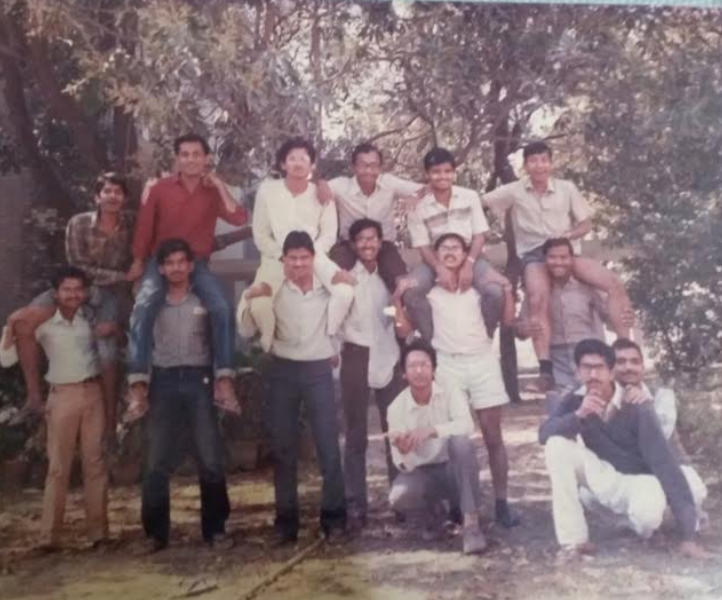
At the end of his highly successful graduate years, Mr. Roy chose to join IIM Ahmedabad over many prestigious US universities by declining their scholarship offers. Mr. Roy has lived and worked in five different countries. He started working in Bank Of America, Mumbai before moving to work for Peregrine in 1996 in Hong Kong. In 1998, he joined Barclays in Hong Kong following that he joined Merrill Lynch as a credit trader, and quickly rose to the position of Co- Head of Asia Fixed income, credit and currencies. During the recession in 2008, he started working as the Head of Asia Fixed income Division at Morgan Stanley, where he continued to work until 2011, which he describes was the turning point in his life, when he set up his own firm, RV Capital.
In his early years of career, Mr. Roy was stunned by the glitzy life-style of his colleagues in Hong Kong and Tokyo. It is then he became conscious of the vast and apparent inequality in his own country, India. Thus began the philanthropic journey of Mr. Roy. He saved some money and along with his family and few friends, he set up The Utsarga Charity that primarily taught thirty underprivileged children, and helped them with their homework. Along with this, he also recruited three hungry and unknown artists whose talents would have otherwise been wasted, and he bought their artworks. In fact it is even now that his wife, Dr. Mahua Menon, and he look for artists with extraordinary talents but unknown to the world.
Wanting to do more for the society, Mr. Roy met many well-known community workers across India. Their stories and work inspired him to find a deeper meaning and purpose to his life. He actively worked on many social projects that involved literacy programs in slum areas, working with child delinquents by providing them education, eradication of poverty to name a few. Mr. Roy has also generously given back to his alma mater over the years. Dr. Mahua Menon and Mr. Ranodeb Roy created Sajani Roy Memorial Chair, Pratima Ghosh Scholarship, Young Faculty Chair in an attempt to give an opportunity to a deserving student to shape his/her future, and support and promote research at IITK.
Mr. Roy ends his interview by a quote that has become his lifelong mantra-
“If you don’t give back to the society that helped create you, and in my case, IITK, then you are leaving it poorer than when you were a part of it. Giving back what we took is the minimum we can do. But if we can give back more, wouldn’t it create a better life for others as well!”

Inspiration

In this section, we bring you an interview of Ms. Nisha Mehta, who overcame many obstacles in her life, and went on to achieve academic success, and became an inspiration to many others. Ms. Mehta was born with albinism, but with the help of her parents and educators, she pursued an illustrious career in chemistry. Ms. Mehta did her MSc. in Chemistry from IIT Kanpur, and is currently pursuing PhD in Chemistry from the University of Melbourne, Australia. On International Day of Persons with Disabilities held in Dec. 2019, Ms. Mehta received the National Award for Empowerment of Persons with Disabilities by the President of India, Shri Ram Nath Kovind. Ms. Mehta say, “My eyesight is weak, but my vision is strong.”
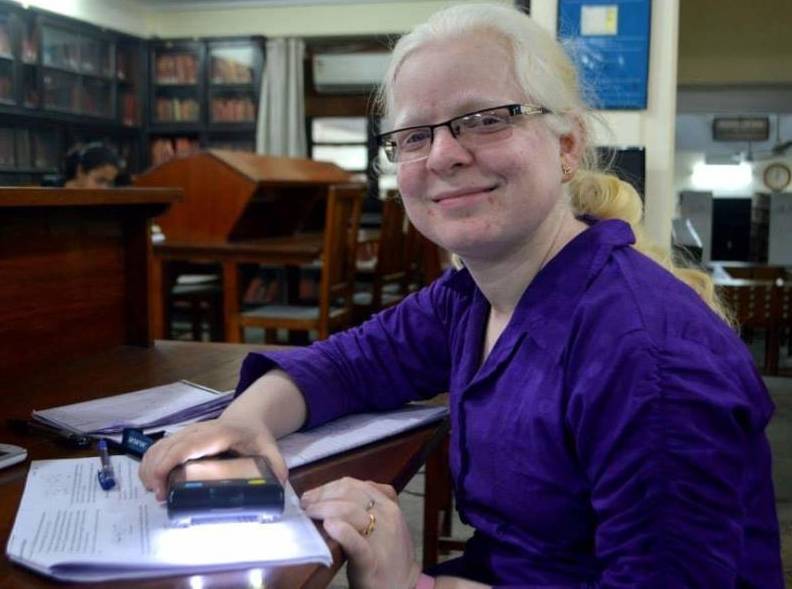
1. What are your fondest memories of IITK?
I have plenty of memories. I had a very beautiful time in my two years of stay at IIT Kanpur. I would thoroughly enjoy my eight o'clock morning classes; hostel life gave me a completely new experience; eating mess food, going out for evening walks with friends or taking a stroll in the middle of the night. I cherished my stay at the institute. But my convocation ceremony stands out as the most memorable one. I received Sangeeta Pradhan Memorial Medal for outstanding all-round achievements. As I was awarded by none other than Ms. PT Usha, it made my day even more memorable. My other most memorable moment was when I received the best project award for SURGE i.e. Summer Under-graduate Research and Graduate Excellence program.
2. How did your life at IITK shape your interest and help you decide your career path? How did your love for chemistry grow?
I liked the coursework structure at IIT Kanpur that was very helpful for me to decide what I wanted to do because it wasn’t any bookish knowledge. Again, course structure was the main reason I could select the SURGE Project which was also very helpful for me to explore my interest area and work on some of the very challenging topics. And of course, my Master's project which actually helped me decide what I wanted to pursue. At IITK, professors are very helpful; their constant support and motivation brings out the best in students.
3. How can we, as a society, make it more inclusive for people with disabilities?
As a society, we must first learn to accept people with disabilities. Acceptance is the first step towards inclusivity. We must learn to treat them as equals and show empathy. Little motivation and support goes a long way. Creating awareness is a key factor in bridging this gap. It is important to understand the needs of people with disabilities. For example, customizing workplaces by providing a person with vision impairment with large font-sized keyboard. Treat them like normal people, and yet be aware of their special needs.
4. What/who is the source of inspiration?
Inspiration comes to me from every corner of life. But I guess, reading biographies of people, who overcame many challenges in their lives, and left a mark on the society, inspires me the most. For instance, Dr. APJ Abdul Kalam, Stephen Hawking have been my constant source of inspiration. Whenever I feel low or demotivated, I look back at times when I couldn’t see the light at the end of the tunnel, and yet I carried on and came out as a winner.

Ms. Nisha Mehta with the President of India, Shri Ram Nath Kovind, Dec. 2019
5. What is your most preferred leisure activity?
In my free time, I love reading, mostly biographies of people who have set an example in society and whose lives inspire me to overcome my own hurdles in life. I love nature, so I travel to places where I can explore and cherish natural beauty.
6. What are your future plans?
I want to remain in academia, as it gives me an opportunity to do challenging research, and in the process, I learn more.
7. Your words of inspiration to IITK students.
One word – acceptance. We need to accept who we are. We need to accept the challenges that come our way. Once we accept who we are, and accept the hurdles of life, it is then we can positively find solutions to our problems.
Love and enjoy what you do. If you are passionate about your work, it won’t seem like an everyday task, it will come naturally to you, and you will be amazed by the results you produce.
Poem by Shri Harivansh Rai Bacchan, inspires me a lot. I would love to share the same with everyone.
जब तक न सफल हो नींद-चैन को त्यागो तुम संघर्षों का मैदान छोड़ मत भागो तुम कुछ किए बिना ही जयजयकार नहीं होती हिम्मत करने वालों की कभी हार नहीं होतीहरिवंश राय बच्चन
8. Those are very inspiring words! What would be your advice to students planning a career in research?
I would advise everyone to explore their research interest as much as they can. Research requires lot of dedication and passion. In research, it is important to explore ideas, be open to other possibilities, and be ready to learn new things. Rigidity kills research.
Due to Covid-19 pandemic, I could not attend many conferences. It was disheartening, but I soon started exploring some online courses related to my field. Therefore, instead of feeling bad about not being able to attend conferences, I grabbed this opportunity to increase my knowledge of chemistry.

Alumni in Focus

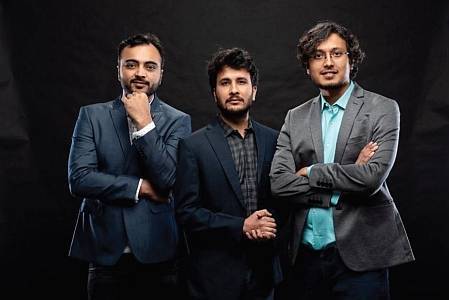
Mr. Aditya Prasad (BT/MSE/2014), Mr. Gaurav Kumar (BT/ME/2014), Mr. Harsh Pokharna (BT/ME/2014), co-founders of OkCredit, featured in Forbes ' 30 Under 30' Asia 2020 list. OkCredit, is a bookkeeping app that helps merchants track receivables and payables. The app also shares account details with customers. Nine months after its launch in April 2017, the startup had 1,500 active users.
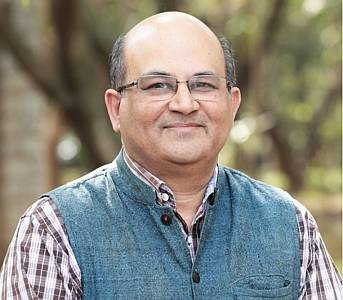
Prof Rishikesha Krishnan (MSc/PHY/1986) has been appointed as the Director of IIM, Bangalore. Prof Krishnan is an author, columnist & professor of management who focuses on strategy & innovation.
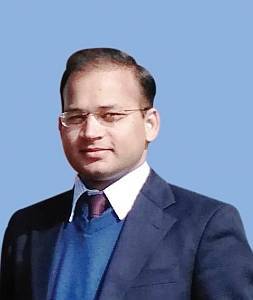
On National Civil Service Day, 21st April, 2020 Dr. Abdul Qayum (BT/CE/2008) was honored as 'India's Noted officers'. He was was recognized and honored for his relentless service and commitment to the Nation.
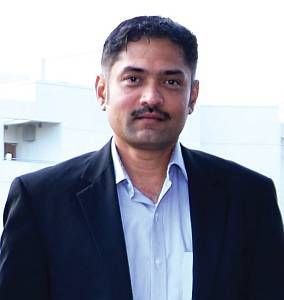
Prof. Srivatsan Seergazhi Gopalan (PhD/CHM/2003) on received the Chemical Research Society of India (CRSI) Bronze medal for 2020. The Medal recognizes his eminent contributions in the area of biophysics and chemistry of nucleic acids.
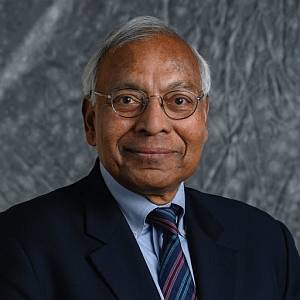
Prof. Anil K Jain (BT/EE/1969), University Distinguished Prof in the Dept of CSE at has topped the list of the leading scientist in the World Ranking of Top Computer Scientists 2020 for the third consecutive time.
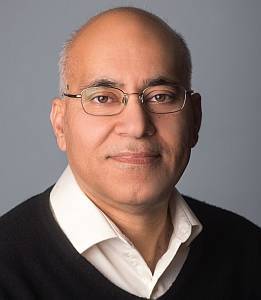
Prof. Jitendra Malik (BT/EE/1980) was listed in the World Ranking of Top Computer Scientist 2020. Prof. Malik is the Arthur J. Chick Professor of Electrical Engineering and Computer Sciences at the University of California, Berkeley.
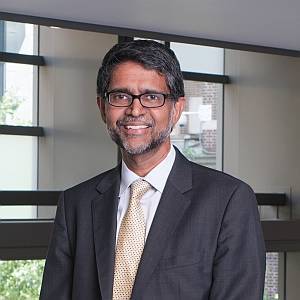
Prof. Vijay Kumar (BT/ME/1983) was listed in the World Ranking of Top Computer Scientist 2020. Prof. Kumar is Nemirovsky Family Dean of Penn Engineering, Dept of ME & Applied Mechanics, Computer & Information Science at University of Pennsylvania.
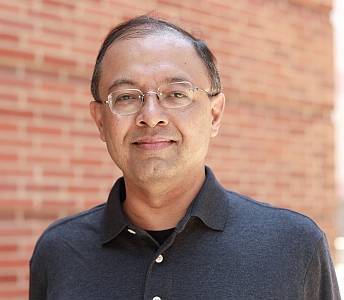
Prof. Mani Srivastava (BT/EE/1985) was listed in the World Ranking of Top Computer Scientist 2020. Prof. Srivastava is the Professor of Electrical & Computer Engineering, & Computer Science.
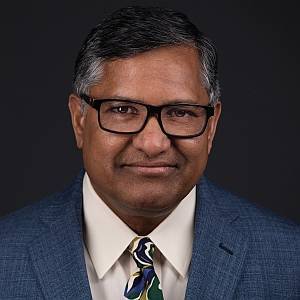
Dr. V. Palaniappan (PHD/CHM/1988) got appointed as the CTO of Aruvant Science Inc. Dr. Palaniappan has 25 years of research and drug development experience, including in extensive work in chemistry, manufacturing and controls, a critical part of drug development.
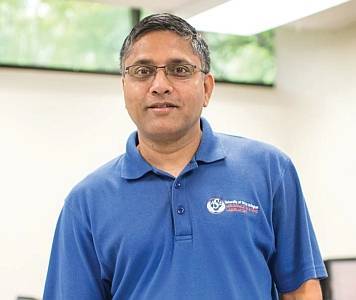
Dr. Kamesh Subbarao (BT/AE/1993) got elected as the Fellow of The Royal Aeronautical Society (RAeS). Dr. Subbarao is a professor of aerospace engineering at The University of Texas at Arlington.
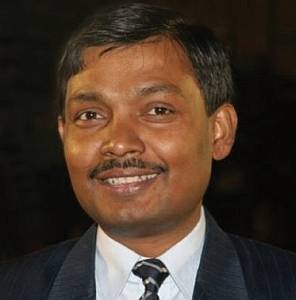
Mr Chanchal Kumar (BT/MT/CSE/90/92),Bihar cadre IAS officer, won the 'Award of Excellence’ under the Digital India Initiative called 'Bihar Pravasi Sahayta Yojna
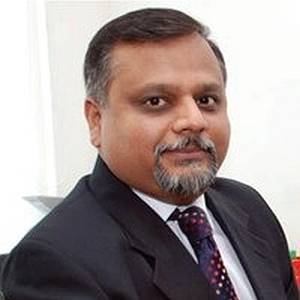
Mr. Alok Agarwal (BT/AE/1987) got appointed as the new board member of Prasar Bharti, India.
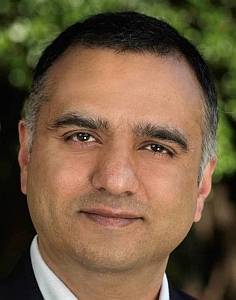
Mr. Dheeraj Pandey (BT/CSE/1997) got featured as one of the CRN 25 Most Influential Executives of 2020. Mr Pandey is the Co-founder and CEO of Nutanix.
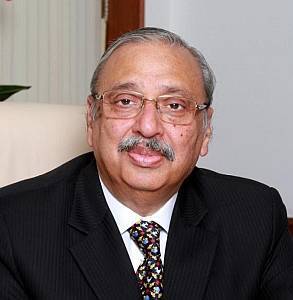
Dr. Mahesh Gupta (BT/ME/1975) was selected as the nominee of the UP Govt. on IIT Kanpur Board of Governors. Dr. Gupta is the Chairman & MD of Kent RO Systems Ltd.

Faculty Achievements


IITK in Spotlight

IIT Kanpur three incubated companies got featured in Fashion for Good - South Asia Innovation Program. Phabio offers bioplastic solutions made from bio-degradable polymers; Phool upcycles floral waste from temples and mosques in India with their ‘flowercycling’ technology to make a florafoam that is a 100% biodegradable and compost-able; Biomize technology makes bamboo and agri-waste based granules that are alternatives to plastic.
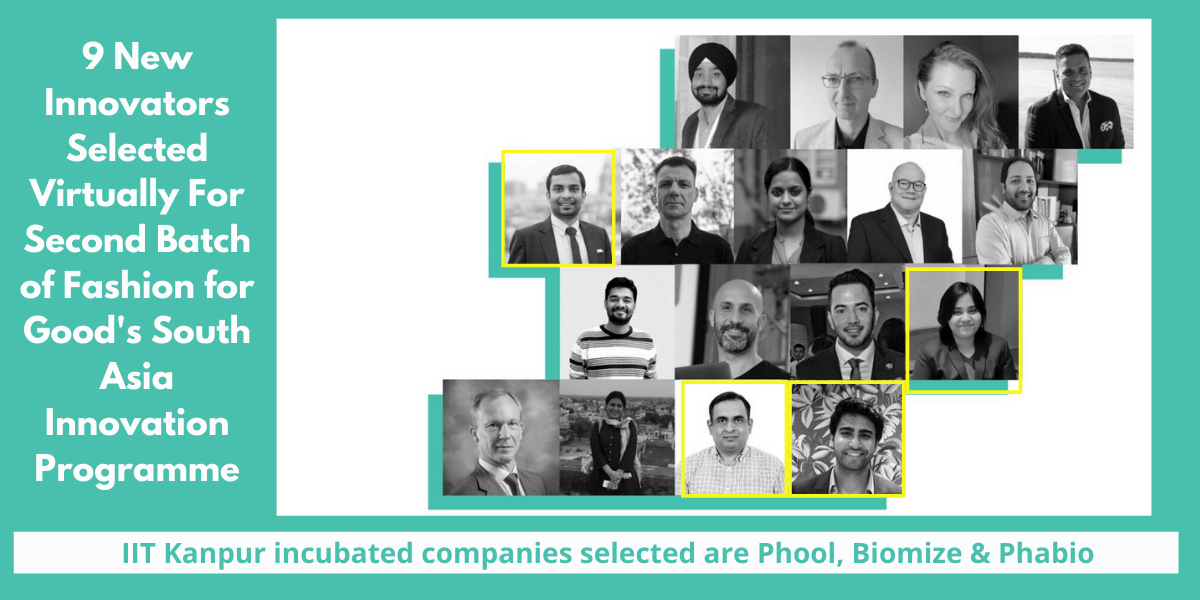
IITK Incubator startups Earthface Analytics & KritsnamTech developed a device, for analysing & monitoring water quality through easy to use colorimetric test-strip, based on smart-phone technology that screens multiple important water quality parameters in less than 2 min. The invention enables analysis of multiple #waterquality parameters in a cost-effective, easy to operate, eco-friendly manner, and have a centralized data management scheme. It can detect up to 14 parameters set as a standard by WHO for domestic & industrial usage.
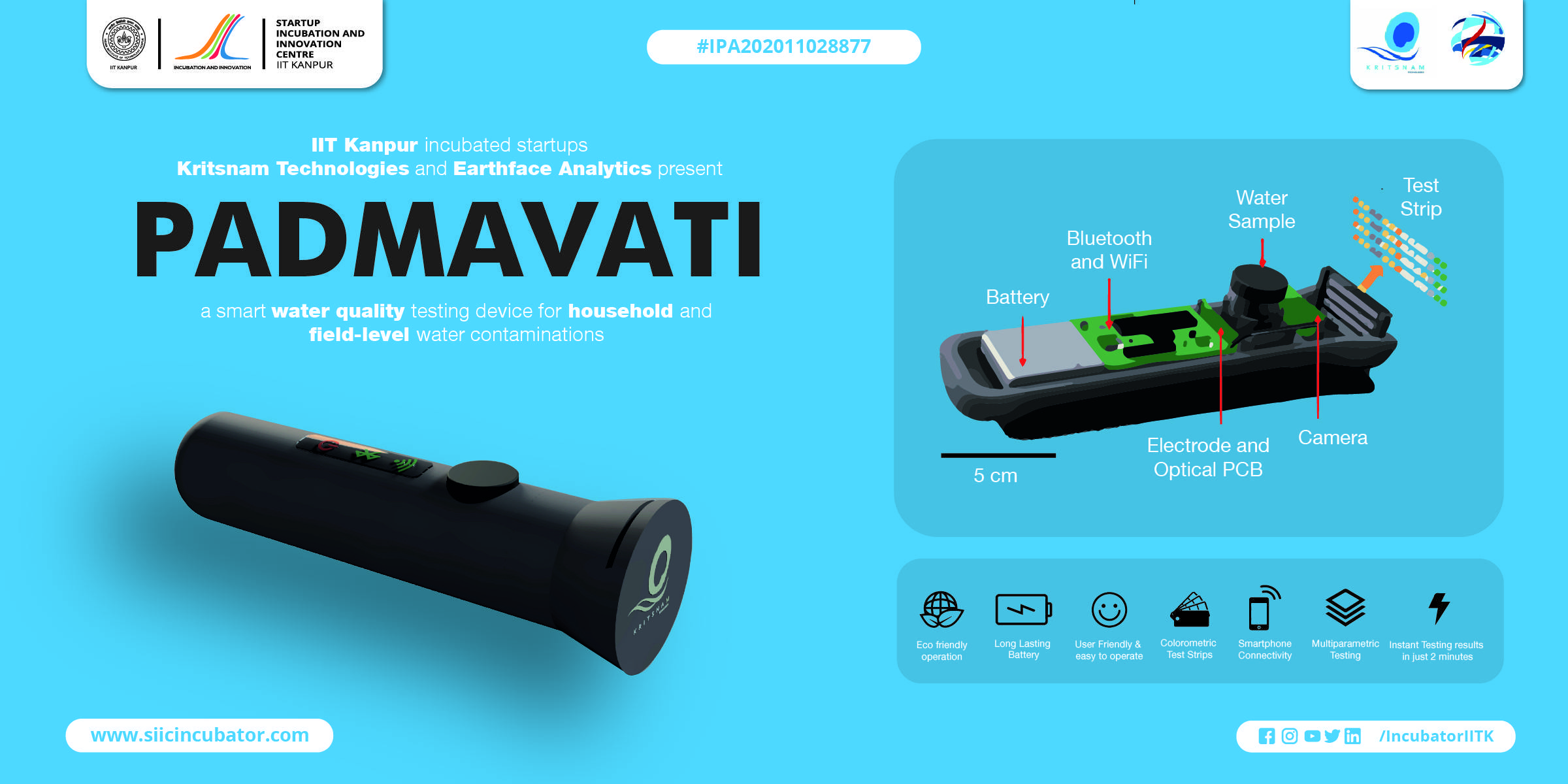
Swasa mask manufacturing facility was inaugurated in IITK campus. E-Spin Nanotech (founded by our alumnus Dr Sandip Patil) & Indeema Fibres, an IITK incubated company set up the facility. The completely automated manufacturing can produce 25,000 masks daily.
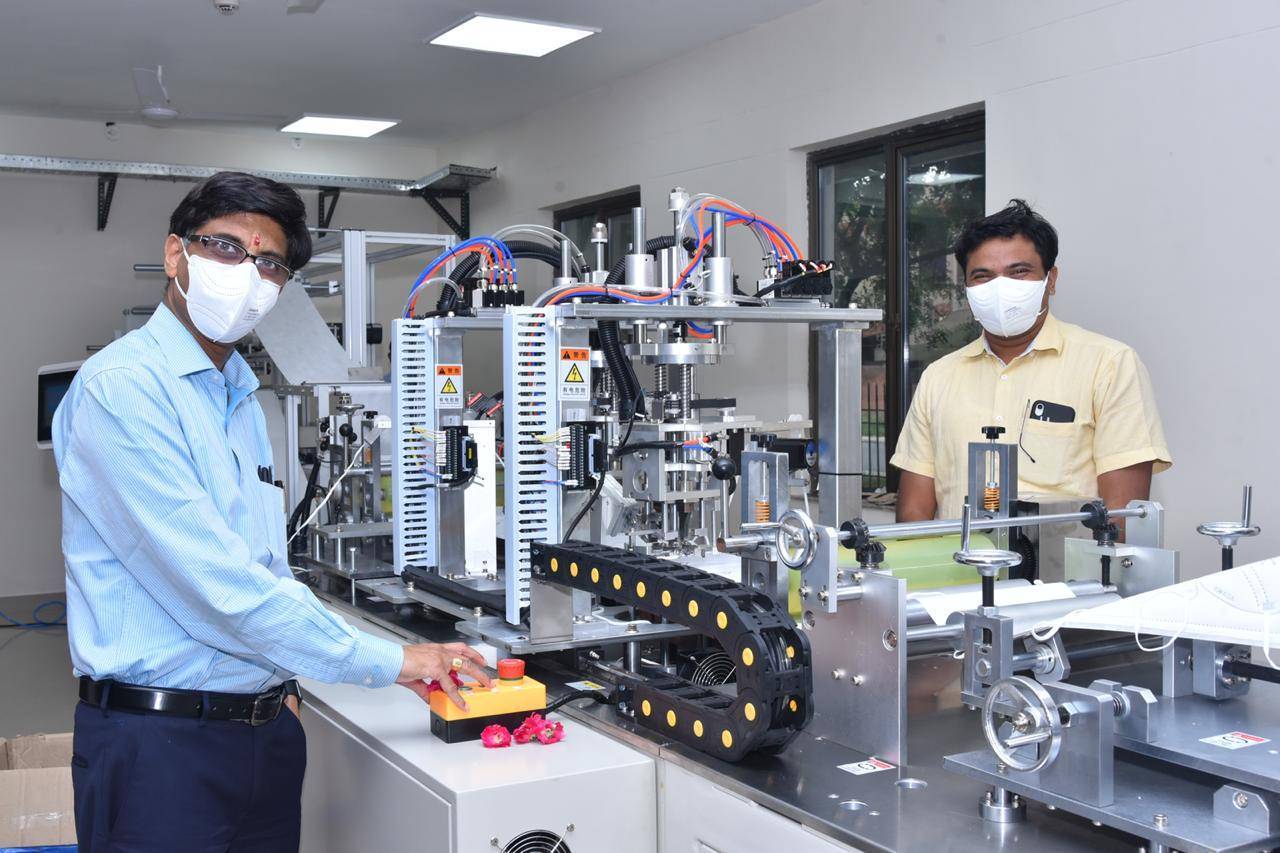

IIT Kanpur in collaboration with Massachusetts Institute of Technology developed a Vessel for Purifying Water & Monitoring Quality of Water, having application in purfication & monitoring, along with dry sample preservation of water micropollutants. #IPA202011024458
IITKanpur was granted Patent No-338299, for an invention “Method of Fabricating Microporous Elastomer Thin Films with Controllable Surface Morphology", having applications in tissue engineering, drug delivery & bioelectronics. #IPA201811000964
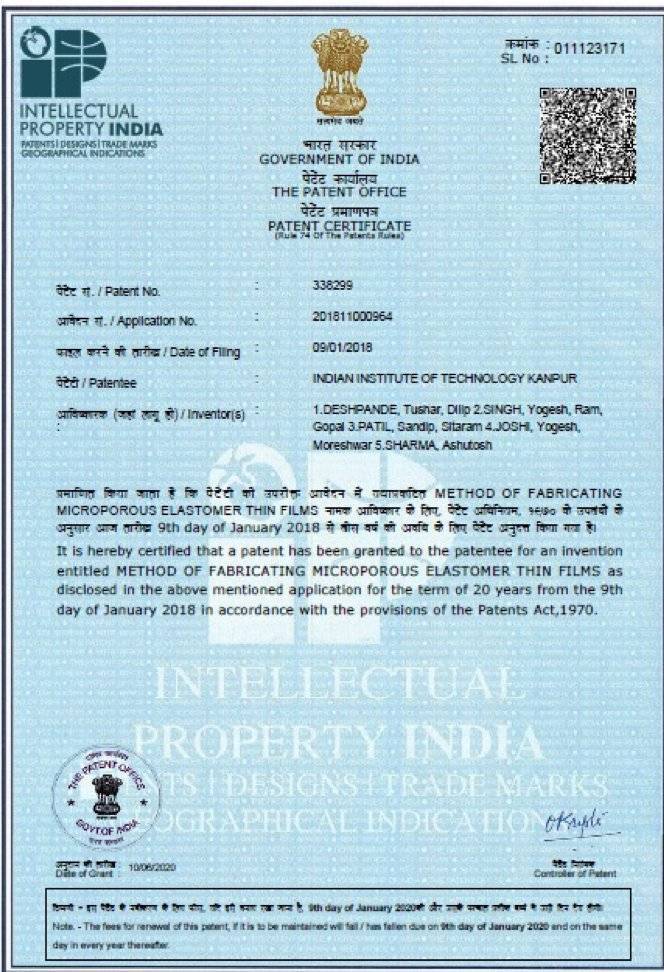
Prof S.N. Tripathi, Dept of Civil Engineering developed Real-Time Source Apportionment ( RTSA) technology for PM2.5 Source identification and mitigation. RTSA uses online measurements of complete chemical speciation of PM2.5 and a tailored Multi-Engine 2 model to get Source attributions.
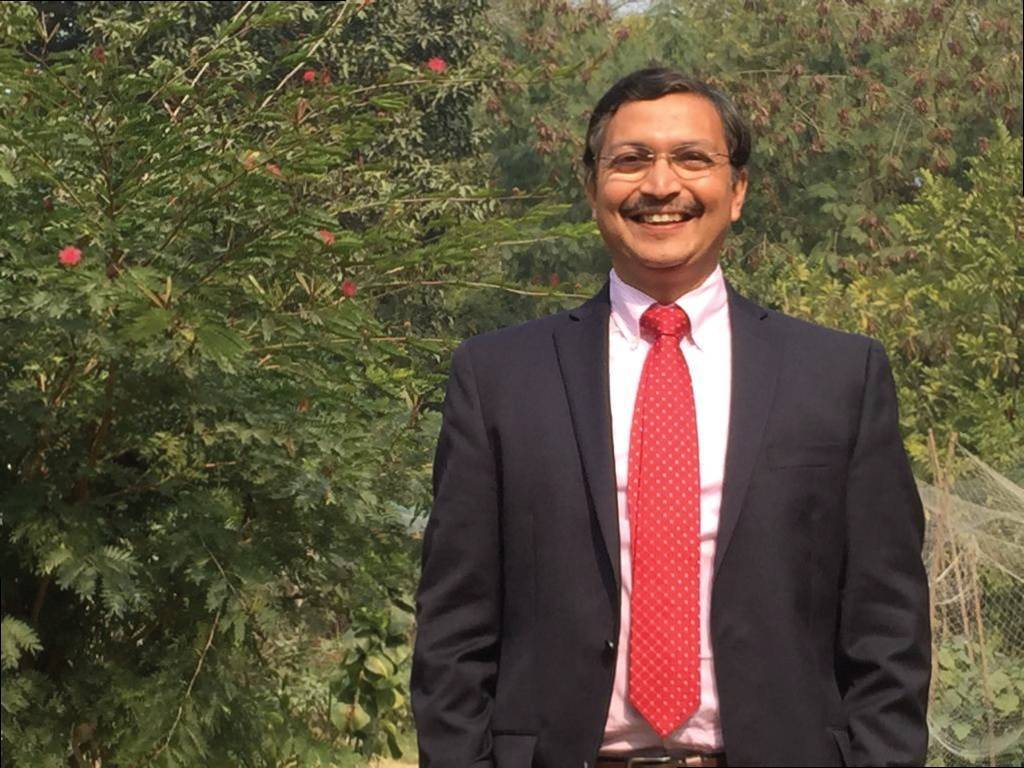
Prof. Indra Sen & his team developed new stable oxygen & hydrogen water isotope mixing model to track the individual source contributions to the rivers that get sourced from glacier-ice, snow, rainfall, & groundwater.
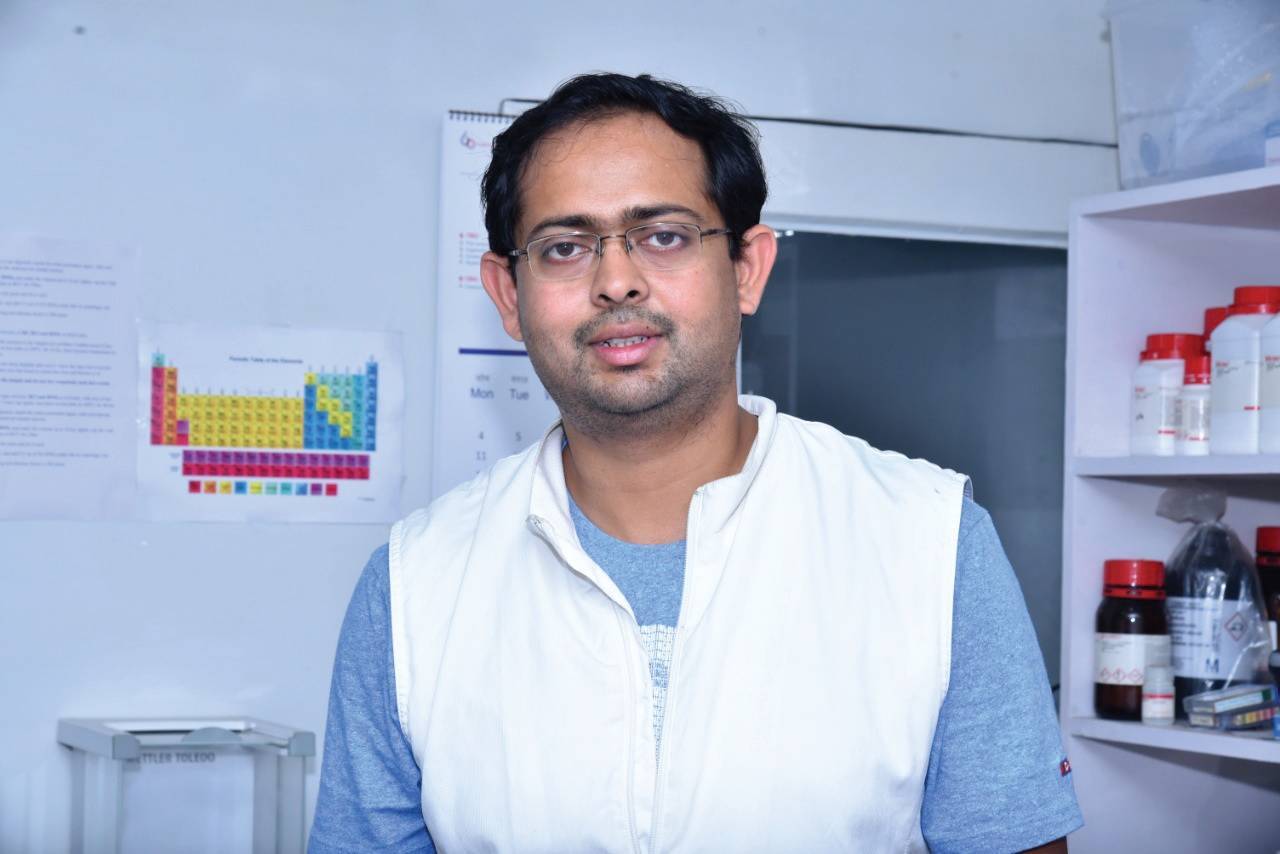

Student Corner

Shivam Pal, member of IITK Adventure Club, shares his experience of his first ever visit to the mountains.
The year, 2020 had just begun when I came to know that Adventure Club of IIT Kanpur was organizing a trek to the mountains in March."Why not to give it a try and see what trekking is all about", I thought to myself.But before the acutal trek, we had to attend the mandatory 40 days conditioning for us to become physically and mentally fit to be able to trek high altitudes. There were many levels of trek, from easy to most diffficult ones, and based on the performance of conditioning camp, coordinators shortlisted people for treks. The first one was Kanchenjunga Base Camp (KBC) and the second one was the Goechala trek.
I was determined to give my best in conditioning, always tried to push my limits and performed well in their running events. Though conditioning was demanding, it resulted in boosting my stamina to a great extent. Finally, I completed 8 km in 42 mins which was a pretty good performance based on which I got selected for the KBC trek.
Finally, after 40 days of conditioning, we were all set for the trek and very excited to face the upcoming challenges. We packed our rucksacks with clothes, sleeping bags and snacks which we had to carry with us while climbing. The weight of the rucksack was around 15–16 kg. Club coordinators appointed me as trek ‘doctor,’ so I had to move with another 2–3 kg bag of medicines.
Day 1
On day 1, we had to walk 17 km of distance and gain elevation of around 1200 m along with our rucksacks. We ate our breakfast, and after that started our journey around 8:00 am. At the start, the journey seems pleasant and amusing, but after some time, the body gets tired.My whole body was aching and I longed for rest. But we had to move to reach the destination on time. I was with my other friends and we were all motivating each other. I could feel the oxygen level in the air thinning.Finally, we reached Tshoka around 4:00 pm. Some of my friends had headaches initially but after having medicine and rest all us were energetic by morning.
Day 2
As a society, we must first learn to accept people with disabilities. Acceptance is the first step towards inclusivity. We must learn to treat them as equals and show empathy. Little motivation and support goes a long way. Creating awareness is a key factor in bridging this gap. It is important to understand the needs of people with disabilities. For example, customizing workplaces by providing a person with vision impairment with large font-sized keyboard. Treat them like normal people, and yet be aware of their special needs.
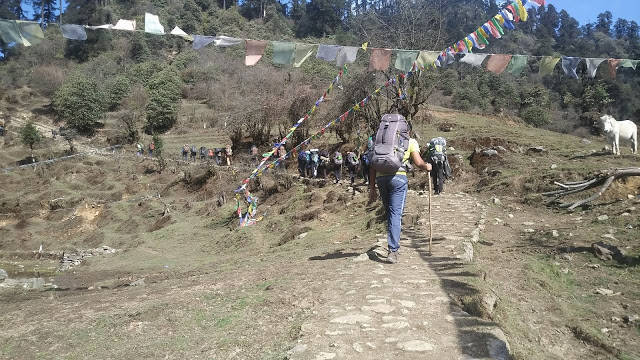
Day 3
It was around 5:15 am when our trek leader told us that we are going to Dzongri top to see the sunrise. I was physically fit, but my spirits were very low. But nonetheless, I wanted to test myself. The distance to Dzongri top wasn’t much. When we reached the height of 4200 m., I was left speechless. The magnificinet view of the gigantic Hiamlayas welcomed me. I was lost.
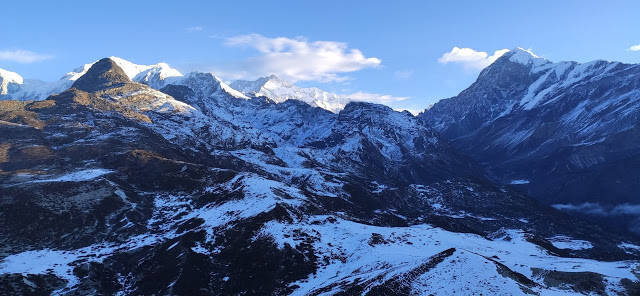
We returned to our camp around 8:00 am. Now we had to start moving up towards the summit, but the health of some people didn’t support them. So 13 out of 30 people rested at Dzongri and 17 decided to go to Goechala. I was in the 17. So we started our journey. Again, the view was stupendous and mesmerising. We were walking on top of the mountains surrounded by snow everywhere. But after moving 5 km and gaining a height of 4400 m, we realised yaks carrying our food couldn’t move in that snow level, and we had to stop our elevation till Devralli Hills. We returned to Dzongri camp, where we met with our remaining friends. There we took rest and played cards. It was a fantastic day for us
Day 4
Now we had to start our return journey. Done with elevation, now we had to just descend. That knee pain made moving down seem a little more difficult than moving up. We were well versed with the path of the remaining journey, so it didn’t look much challenging and we returned to Tshoka. There we played card games, took our dinner and enjoyed a lot.
Day 5
This was the last day of our trek, and our body was in great pain. We just wanted to get off from our rucksacks and eat good food. I wanted to clean myself because that was the first time when I didn’t take a bath for 7 days! At last, we reached Yuksam. We saw people, houses around us and even got mobile connectivity. It looked all so refreshing after five days of complete cut-off from everything. At night we devoured on some delicious local food, danced around the bonfire and had a lot of fun.
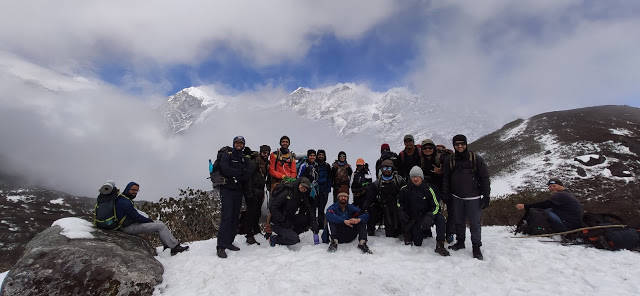
Back to IITK
Next day we all went to see the famous places in Sikkim. Sikkim is a beautiful place. We enjoyed the food there and did some shopping. After that we had a train from NJP to Kanpur Central.From this visit, I learnt a lot. It gave me many life lessons which I discussed in this article. I would like to thank all my friends and colleagues who helped me a lot in getting this wonderful experience.

Representing IITK at the 8th Inter IIT Tech Meet

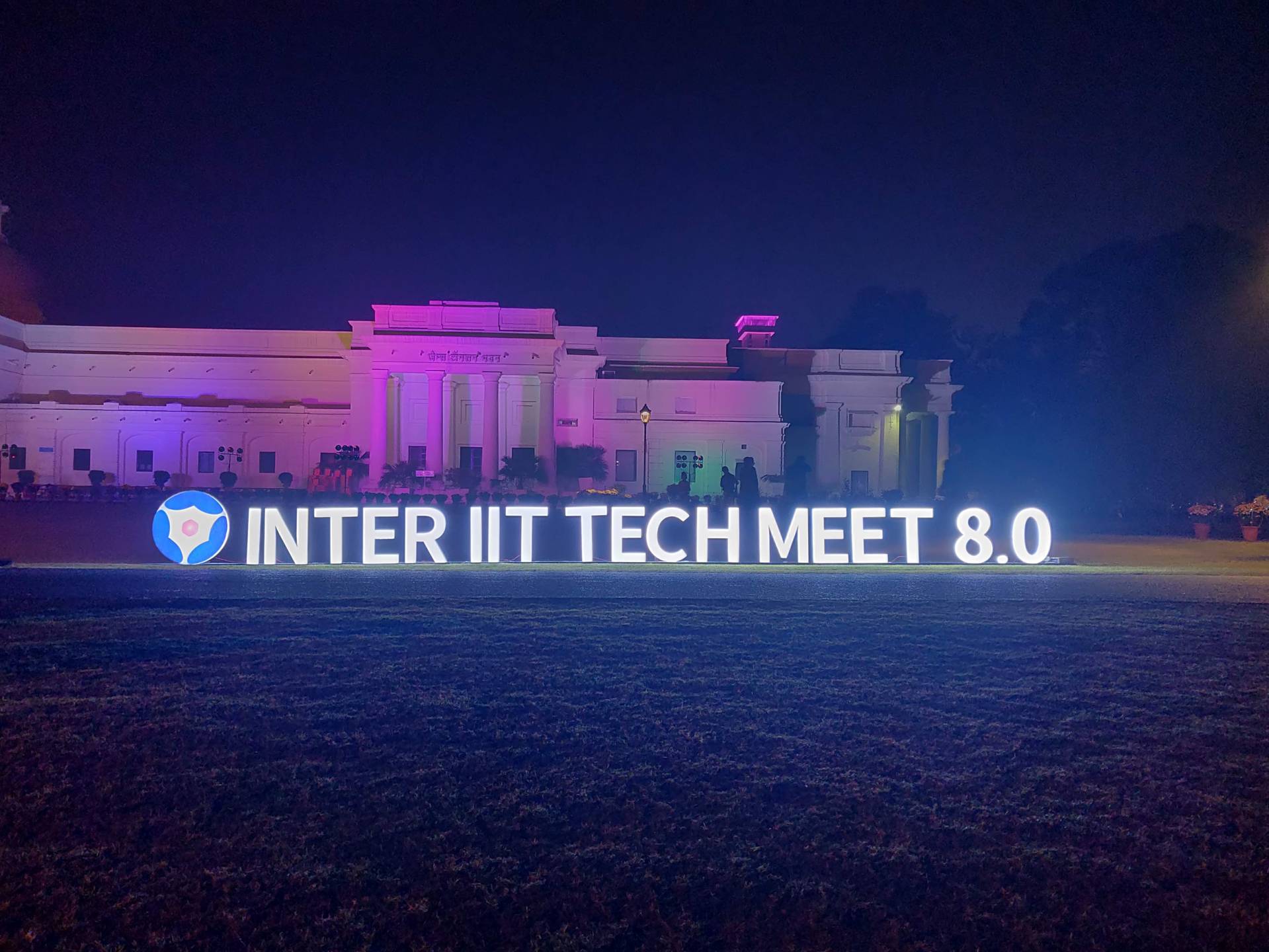 8th Inter-IIT Tech Meet 8.0 was hosted by IIT Roorkee from 20th -22nd Dec. 2019.
8th Inter-IIT Tech Meet 8.0 was hosted by IIT Roorkee from 20th -22nd Dec. 2019.
Having won 3 out of the first 7 Inter IIT Tech Meets and having consistently performed well in other editions, IIT Kanpur began its expedition to conquer the 8th Inter IIT Tech Meet with the motto #KanpurForGold.But my Inter IIT journey had actually begun a year before the actual event, right in my first year. My interest in robotics and all things that fly had compelled me to join Team Aerial Robotics, one of the seven Science and Technology Institute Teams in IIT Kanpur in the winter vacation of my first year. We went on to participate in the International Micro Aerial Vehicle Challenge at Madrid in October, but that’s a story for another post.It was no surprise to our team that after “D.R.D.O.’s UAV SASE Fleet Challenge” was released as a problem statement for the 8th edition of the Inter IIT Tech Meet, we all were selected to be a part of the prestigious Inter IIT Tech Meet Contingent.
You could say our preparations began in mid-October itself. We kept a close watch on the Inter IIT website, eagerly waiting for the Problem Statement to drop. We were expecting a problem statement involving quadcopters, since there had been one in at least the past 3 Inter IIT Tech Meets. Once the Problem Statement got released around the first week of November, we immediately started brainstorming and working out potential solutions. The problem statement was just a subset of what we had successfully implemented for IMAV, so after a few preliminary tests, we had a working solution and we were confident about it. We had to submit a mid-evaluation report by mid-November, which we got done pretty comfortably. We then started with on-ground testing at our very own personal airstrip, but soon, the end semester exams
As soon as we were done with our end semesters at the end of November, we entered a more rigorous testing phase that lasted 15 whole days, On top of that, I also conducted a ROS (Robot Operating System) workshop for the freshers, as part of Robotics Club’s Winter Camp. Those 15 days were truly exhilarating and fun. In the end, we had a pretty foolproof solution to the problem proposed. Before we left for IIT Roorkee, we presented our work to the Contingent Leaders and the Faculty Advisor of the SnT Council and our mentor Prof. Abhishek. Needless to say, they held high expectations from us after the presentation. The journey to IIT Roorkee began with the entire Inter IIT contingent boarding two pre-booked sleeper buses to Roorkee. It was a very long journey and took us more than 12 hours. However, it was a lot of fun travelling with friends.
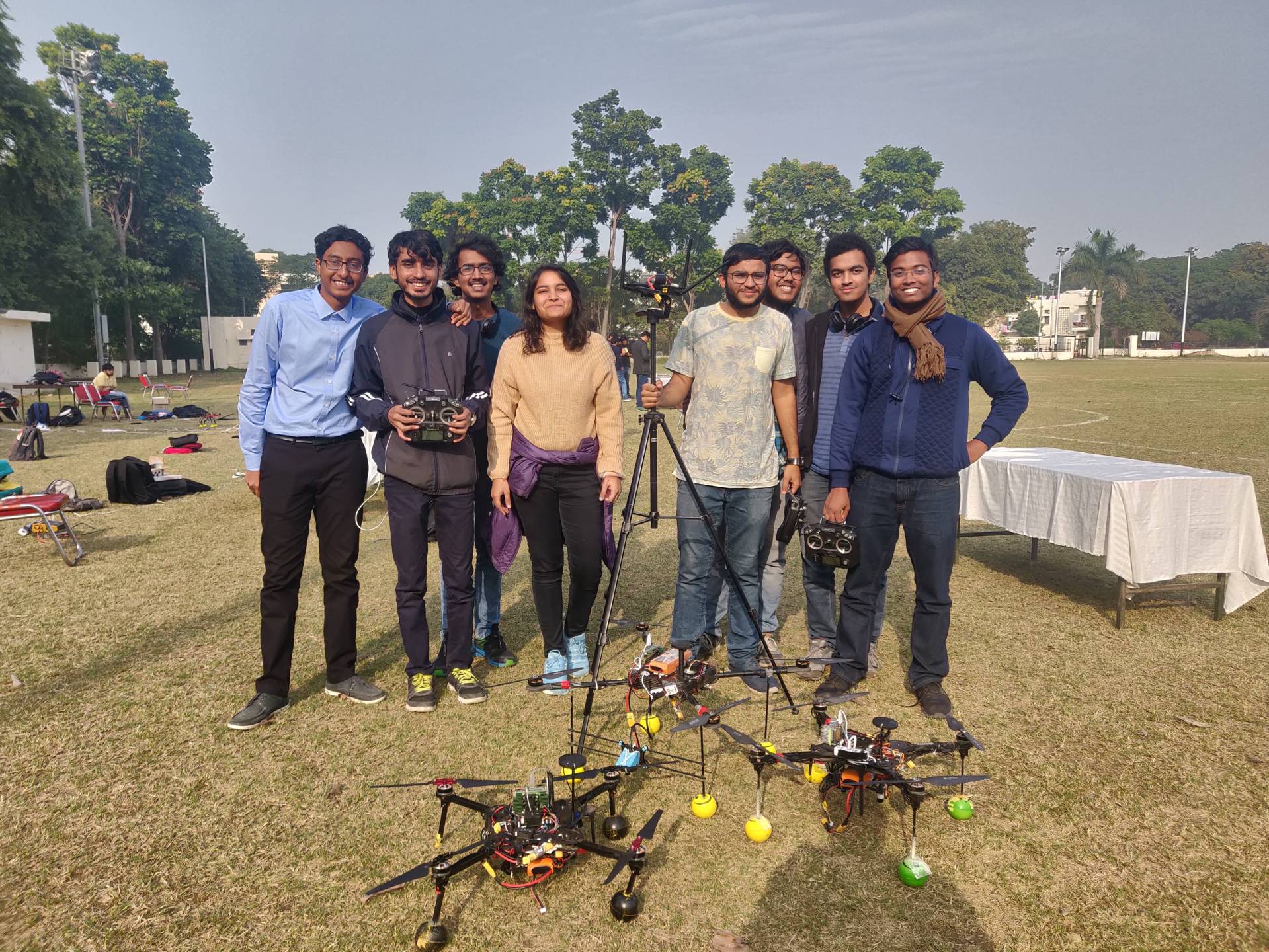
We utilized some of our time in making a presentation and writing a report to present to the judges after the event, hoping to make a lasting impression. I also helped my friends from the other team in finishing the work on their problem statements.
I was a bit worried about our team’s quadcopters, as they were very close to my heart. It was a custom frame that our team had fabricated ourselves, hence I didn’t want anything to happen to it. We finally arrived at IIT Roorkee at about 4 am, and it was really, really cold outside.
Even though the contingent was exhausted from such a long and tiring journey, everyone immediately started the preparations for the competitions with intense fervour. The enthusiasm and zeal to succeed were clearly visible on everyone’s faces. Our competition was the first one, scheduled at 9 AM on the first day itself. So we, too, started preparations immediately.
As mentioned earlier, my team had taken part in the D.R.D.O.’s UAV SASE Fleet Challenge, and our primary mission was to autonomously detect and locate 4 green boxes among multiple objects randomly placed in a field, using a swarm of multiple UAVs. There was tension in the air, and all teams were busy doing last-minute preparations and tests. We were a bit apprehensive, however, we were also hopeful that our many days of toiling would not go in vain.
All three drones soared in the sky and started their mission. We waited with bated breaths, anxiously checking our laptops for any signs of a mishap. When they took off, they came so close that they almost crashed! But after that cliffhanger moment, our drones successfully completed the problem statement, securing us full points for the same. No other team had secured full points in the PS, and we were thrilled to secure the first position by such a high margin.
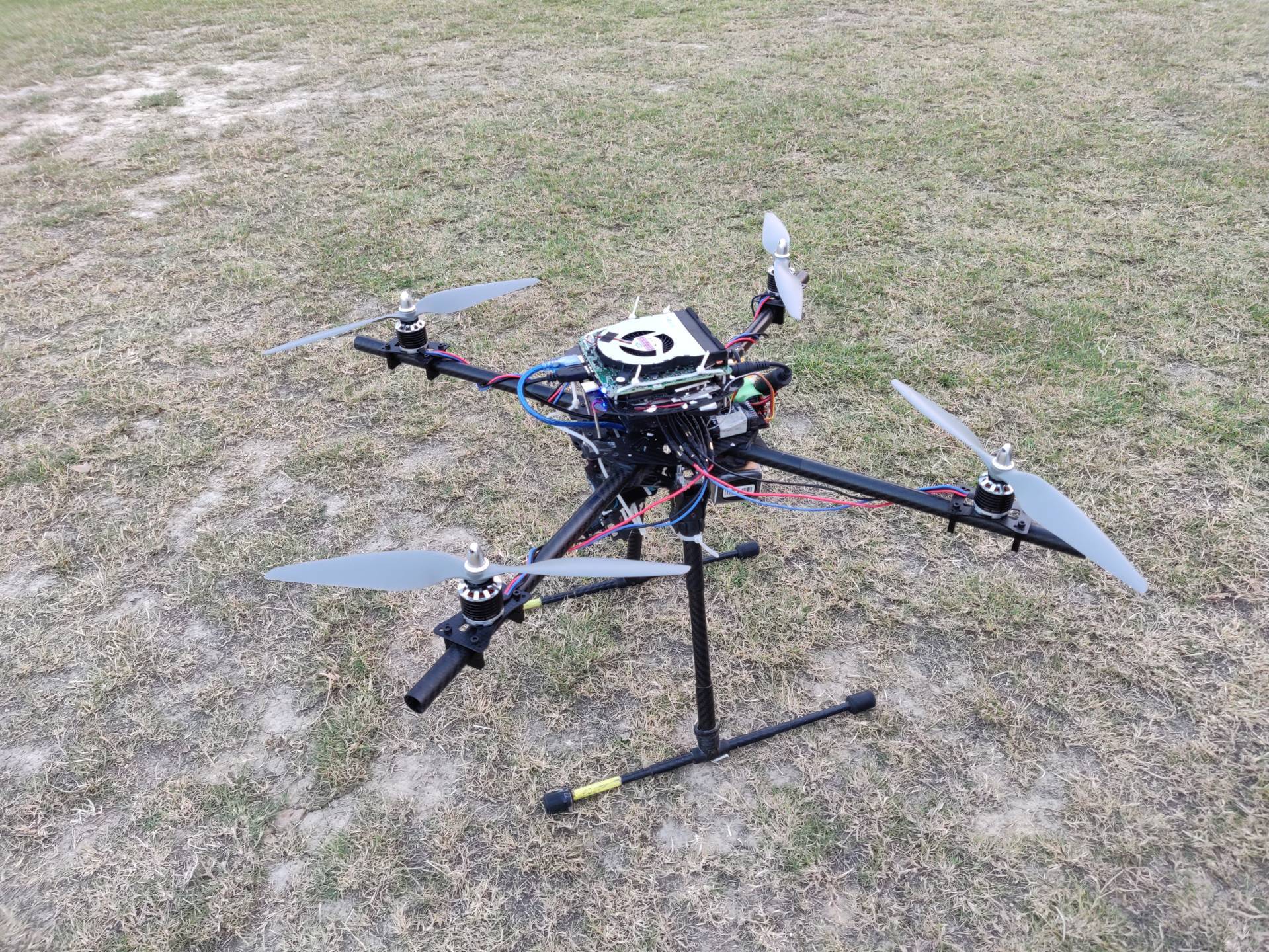
We spent the rest of the days exploring the campus. I admit that the IIT Roorkee campus was pretty well-equipped, but it was not even a match when compared to the sprawling campus of IIT Kanpur that has vast stretches of greenery and hospitality that makes one feel feel “at-home”.

IIT Kanpur’s contingent, consisting of teams for around 11 competitions, had put in a lot of effort, but we ended up at the 3rd position by very narrow margins. Some things went wrong at the last moment, and had we had a little luck on our side, we would have definitely finished at the top. With heavy hearts, it was finally time to pack our bags and head home. We boarded our buses and went back to IITK, full of new and amazing experiences

In Leisure Time

In this section, Dr. Arvind Krishna shares with us his most preferred leisure activity - reading. He talks about his most favorite book and how it has influenced him.
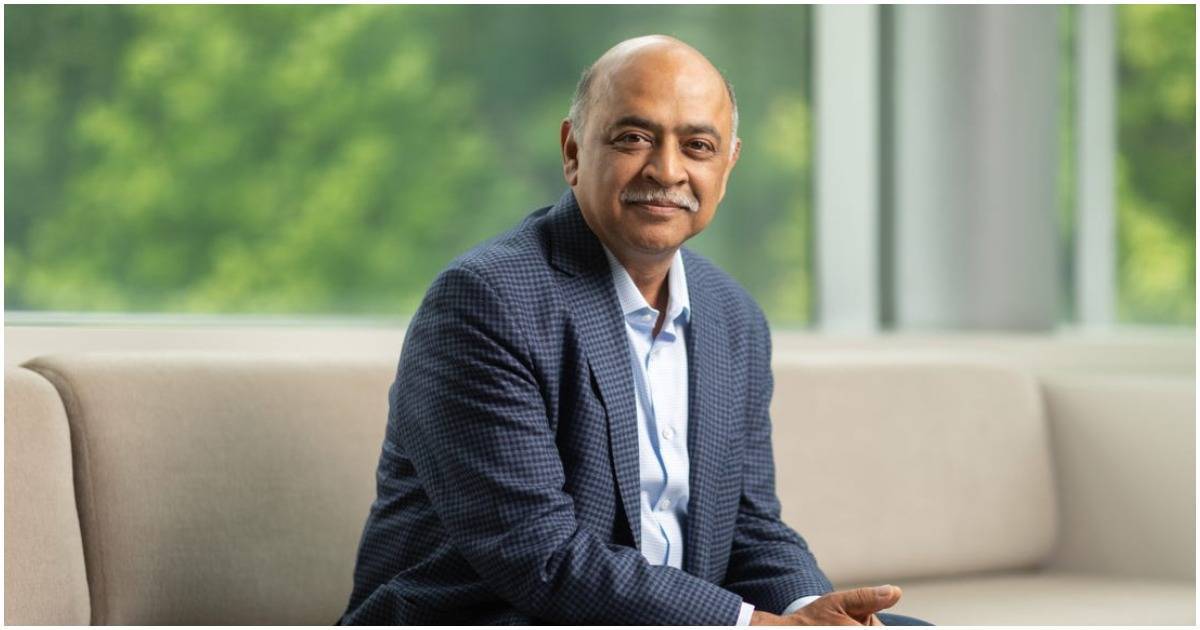
The Mathematical Theory of Communication by Claude Shannon has mattered a great deal to me at various moments of my life. It has shaped my thinking and worldview. Its lessons are enduring as I constantly refer back to it and learn something new with each pass. The Mathematical Theory of Communication by Claude Shannon: This is the magna carta of the information age. Every computer built, email sent, and video streamed bears a debt to Claude Shannon. Just as physicists subjected the sway of a pendulum and the orbits of the planets to the same laws, Claude Shannon made our world possible by getting at the essence of information. That ability to decompose something down to its basics is a lesson that has stayed with me whether I look at the fundamentals of a complex business like IBM or solve a deep technological problem.
Almost every problem that you come across is befuddled with all kinds of extraneous data of one sort or another; and if you can bring this problem down into the main issues, you can see more clearly what you’re trying to do.
The Mathematical Theory of Communication by Claude Shannon

Giving Back

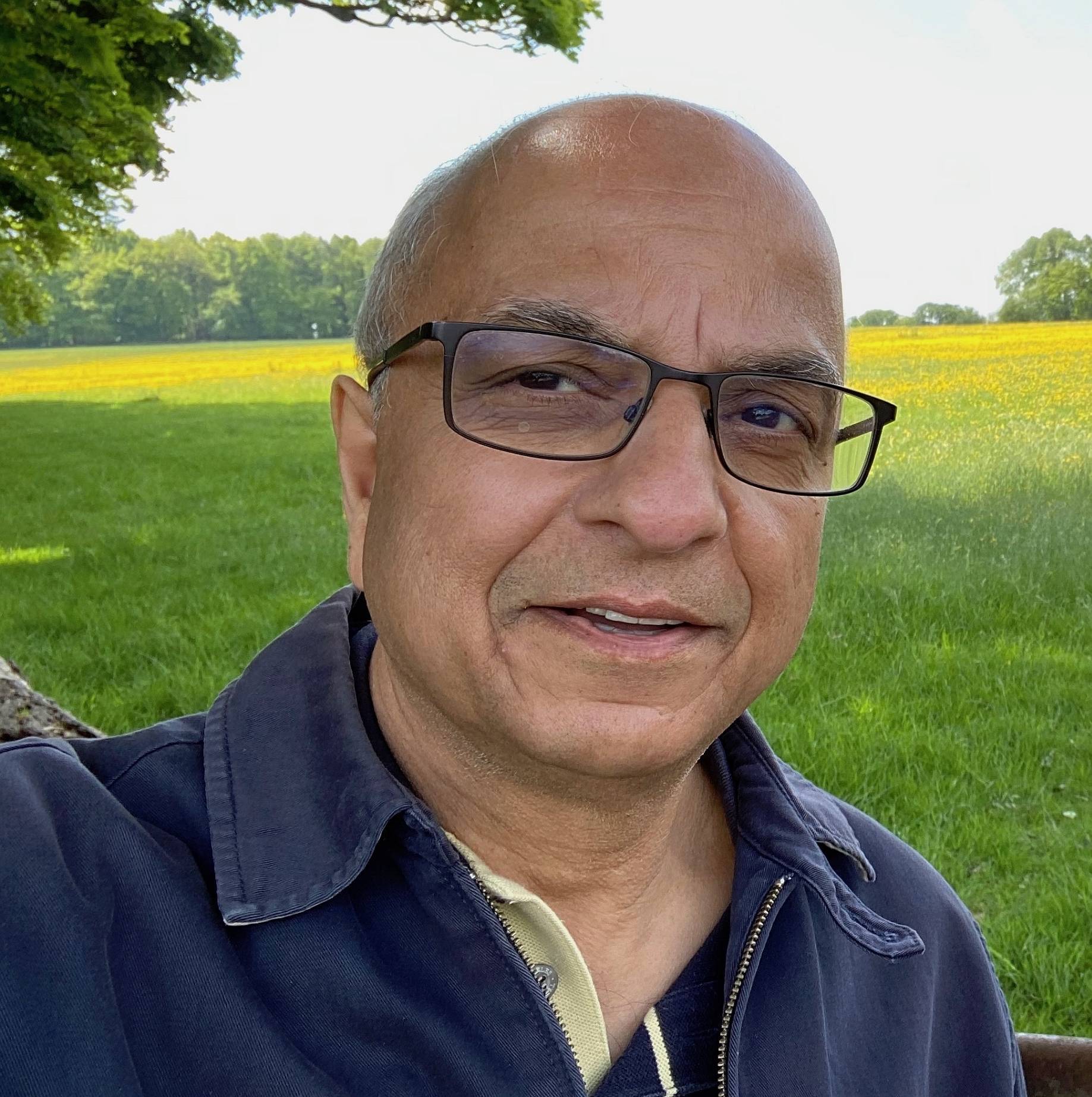
Mr. Vinit Joshi
Mr. Vinit Joshi ( BT/EE/1977) says, " Our parents, Bhuwan & Indira Joshi instilled in us that education is the best gift to give. With that spirit we instituted the scholarship in their name so that someone deserving, but not able to afford, an IIT education could benefit as we did. We hope that in the course of time the recipients of such scholarships will make their own gifts to society."
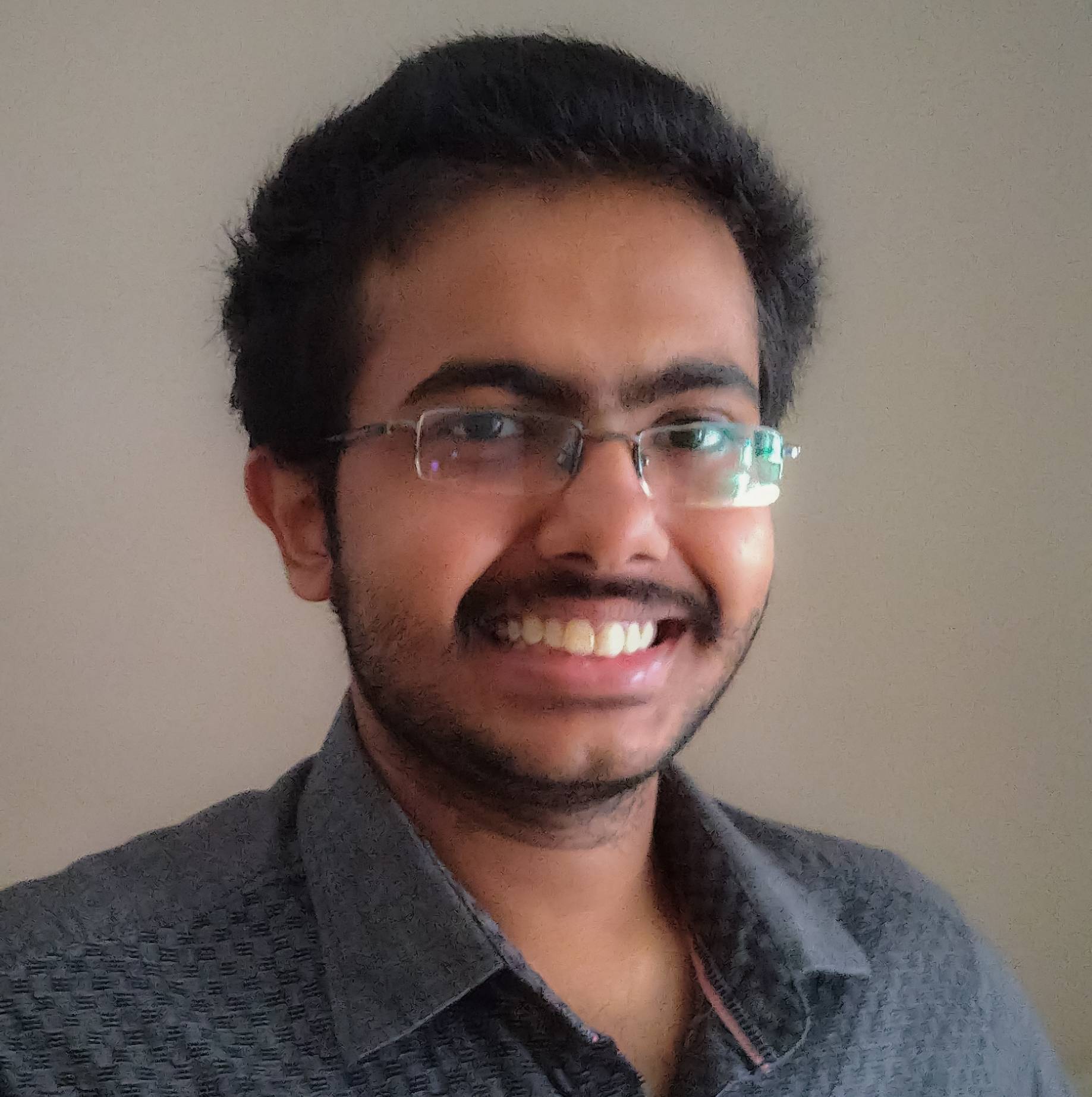
Ashish Kumar Singh
R.K. Gupta Scholarship
BTech, Electrical Engineering
Roll Number - 170161
Scholarship helped me to pay my tuition fees, hostel fees, mess and canteen expenses. More than backing me financially, it has motivated me to work hard and has opened doors for continuing my education after graduation. I thank you for your generosity.

Campaign

Keeping in mind the health and safety of its students, IIT Kanpur has decided to conduct semester-1 (2020-2021) online. However, this also poses another challenge. Many students are from remote areas and come from economically backward sections of the society.
IIT Kanpur launched #OneAlumnusOneStudent to help 600 undergraduate students, who come from the economically weaker section of the society and cannot afford to buy IT hardware such as, laptop and broadband. This fundraising campaign aims to raise funds for such students and help them in continuing with their education. The response from our alums, well-wishers and friends has been overwhelming. We are grateful to them for their support. The campaign is still going on as we are still short of our 600 student mark. Contribute to help IITK students. Let there be no barrier to education.

Crossword Puzzle

We challenge our readers to solve this crossword. Designed by Alumni Relations, Outreach Cell, IITK, this crossword is sure to bring back some great memories. Do let us know your score.

| Down: | Cross: |
|---|---|
| 1.People who know the IITK campus better than google maps (2 words without space) | 3.Early morning rituals at __: samosas |
| 2.The first point of contact after coming to IITK (2 words without space) | 4.The most enjoyable CPA for first-years |
| 5. Whatever happens, IITK students: ___ (2 words without space) | 6. Movie screenings/ standups/ pizza |
| 7. Earn this by doing the best in anything | 7. In for a night out? Have a shot of espresso at ___ |
| 9. People go to library for the | 8. Bhoot Bangla (2 words without space) |
| 11. Fashion Carnival of Antaragni | 10. The largest lecture hall |
| 17. IITK ka ____ high hai | 12. Hall X and Hall XI |
| 18. Best Maggi: ____ Maggi | 13. IIT Kanpur is the only IIT that has an ___ |
| 14. All male freshman year students stay in Hall ____ | |
| 15. The ___ dept building has the purest water | |
| 16. Related to Cricket in IITK (2 words without space) | |
| 19. Most carefree time of 4 years | |
| 20. The concrete walkways for walkers and joggers lined with trees(2 words without space) |

